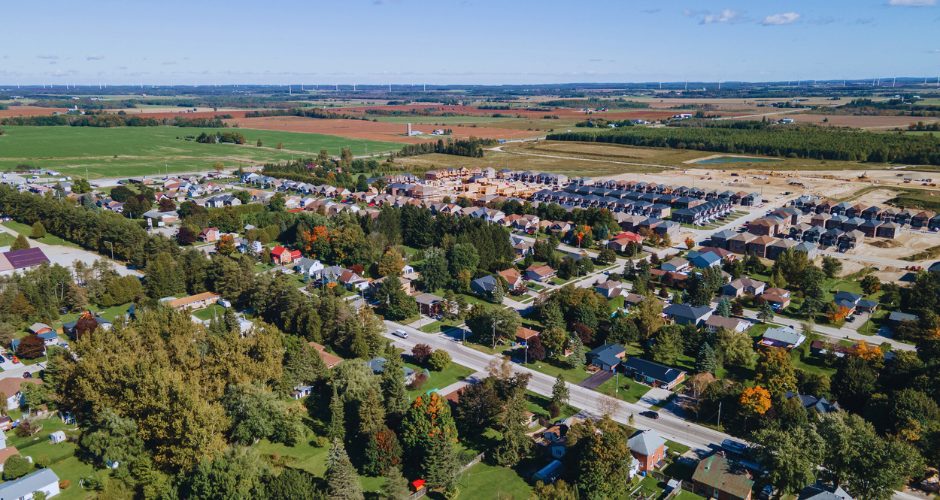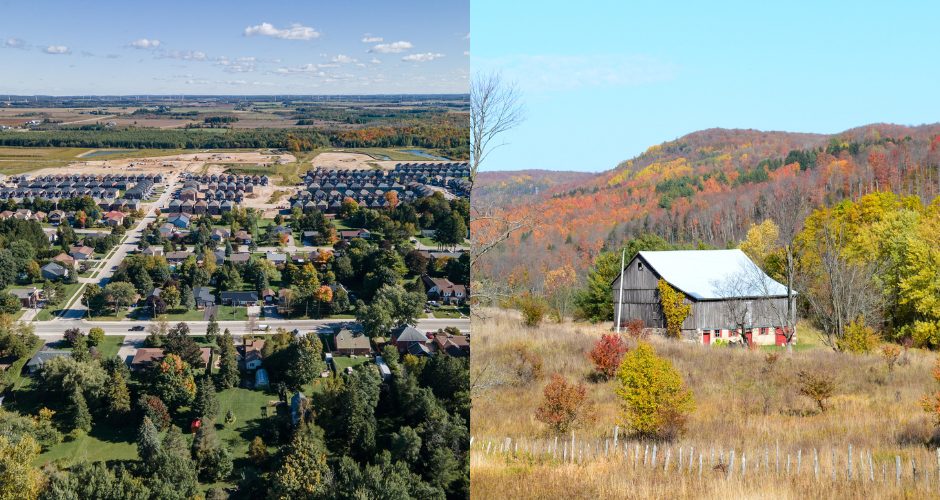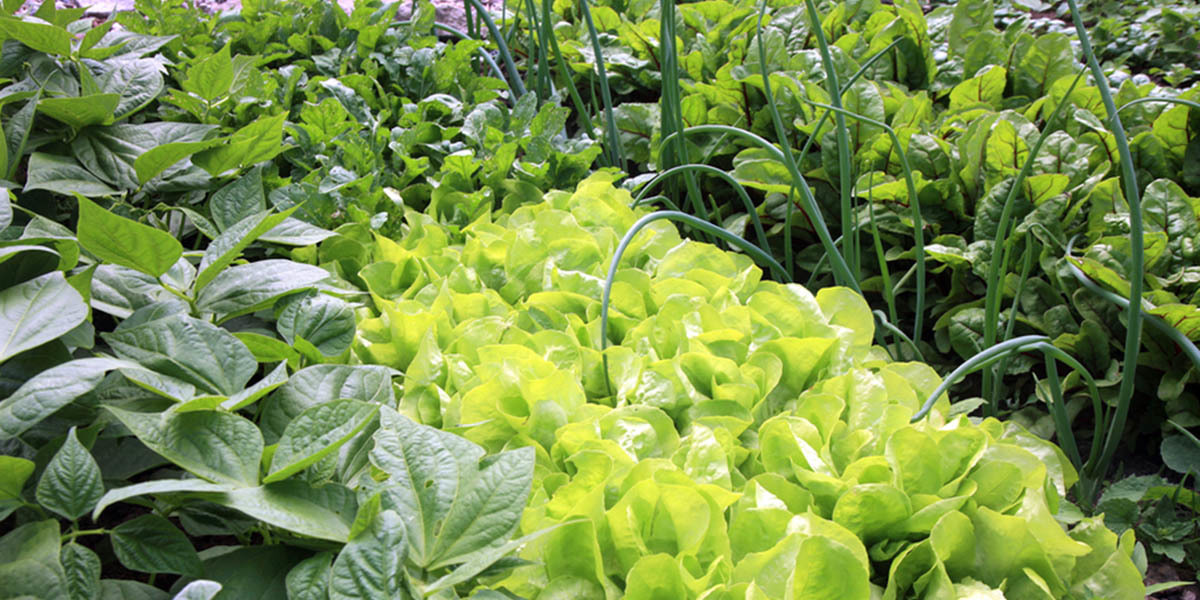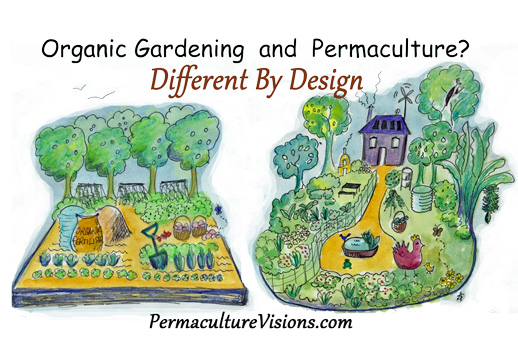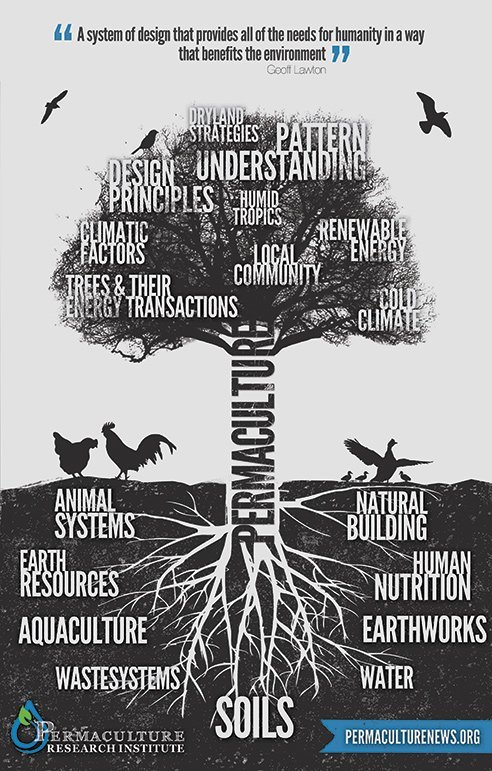The Importance of Dog Containment Systems in Rural Settings
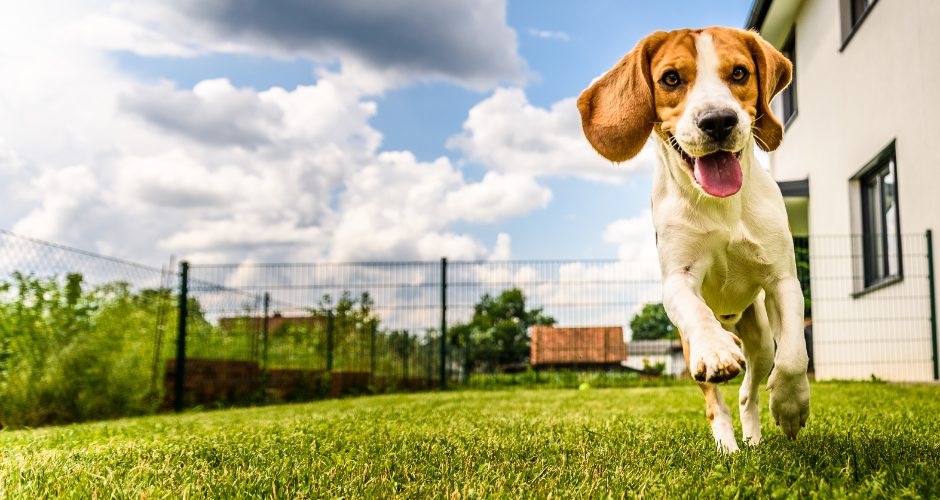
In rural areas, where open spaces and potential hazards abound, ensuring the safety and security of our beloved canine companions is paramount. This article delves into the world of dog containment systems, exploring the various options available to rural property owners.
Understanding the Needs of Rural Properties
In rural areas, the vast expanses of land present unique challenges when keeping dogs safe and contained. Unlike urban or suburban settings, where properties are typically smaller and more easily fenced off, rural properties often cover larger areas with diverse terrain. This poses challenges in effectively containing dogs within the property boundaries and protecting them from potential dangers.
One of the primary challenges faced in rural areas is the presence of wildlife. Dogs in rural settings are more likely to encounter wild animals, such as coyotes, bears, or snakes, threatening their safety. Without proper containment measures, dogs may wander off and get into dangerous situations with wildlife, leading to potential injuries or even fatalities.
Additionally, rural properties may have open fields, forests, or bodies of water that dogs can easily wander into. This increases the risk of losing or injuring dogs while exploring unfamiliar terrain. Rural dogs may be at a higher risk of accidents or conflicts with other animals without proper containment systems.
Furthermore, rural areas often need more physical boundaries than urban or suburban areas have, making it challenging to establish precise property lines for containment purposes. This can lead to dogs roaming freely and potentially causing disturbances to neighbouring properties or getting lost in the vast expanse of rural landscapes.
Overall, the unique challenges of keeping dogs safe in rural areas highlight the importance of implementing effective dog containment systems to address rural properties’ needs and risks. By understanding these challenges and taking proactive measures to manage them, dog owners can ensure the well-being of their canine companions in rural environments.
Types of Dog Containment Systems
Exploring Traditional Fencing Options
Traditional fencing has long been a popular choice for dog containment in rural properties. These physical barriers provide a visible boundary for dogs and can be customized to suit the property’s needs. From wooden picket fences to chain-link enclosures, traditional fencing offers a range of options for dog owners looking to secure their pets within a designated area. The durability and aesthetic appeal of conventional fencing make it a timeless choice for many rural property owners.
Introducing Modern Electronic Containment Systems
In recent years, modern electronic containment systems have gained popularity as an alternative to traditional fencing. These systems utilize technology such as underground wires or wireless signals to create invisible boundaries for dogs. When a dog wearing a unique collar approaches the border, they receive a mild static correction to deter them from crossing the line. Electronic containment systems offer a flexible and customizable solution for dog owners, allowing them to set boundaries without physical barriers. Additionally, these systems can easily be installed and adjusted to accommodate the unique layout of rural properties.
Benefits of Electronic Containment Systems
Electronic containment systems offer many benefits when it comes to enhancing the safety and freedom of dogs in rural environments. These systems provide a secure environment for dogs to explore and play and offer a reliable and effective way to keep dogs within designated boundaries without physical barriers like traditional fences.
One key advantage is the increased safety they offer. In rural areas, dogs may encounter hazards such as wildlife, busy roads, or neighbouring livestock. Electronic containment systems help prevent dogs from wandering into potentially dangerous situations, reducing the risk of accidents or injuries. This added layer of protection gives pet owners peace of mind, knowing that their furry companions are safe within the confines of their property.
Moreover, electronic containment systems also promote a sense of freedom for dogs. Unlike traditional fences that can restrict movement and visibility, these systems allow dogs to roam and explore their surroundings within set boundaries. This freedom to move and play within a controlled area can contribute to a dog’s overall well-being by providing mental stimulation and physical exercise.
Additionally, owners can customize electronic containment systems to suit their property’s needs and accommodate larger areas and challenging terrain. This flexibility allows pet owners to create safe zones tailored to their property layout and the behaviour of their dogs.
Overall, electronic containment systems enhance dogs’ safety in rural environments and promote their freedom to enjoy the outdoors while giving pet owners peace of mind and control over their pets’ movements.
Factors to Consider When Choosing a Dog Containment System
Size of Property and Dog Breed Considerations
When selecting a dog containment system for a rural property, it is essential to consider the property’s size and the dog breed’s specific needs. More significant properties may require a system with a broader range or multiple transmitters to ensure adequate coverage. Additionally, certain dog breeds may have different temperaments or exercise requirements that influence the type of containment system needed. For example, high-energy breeds may benefit from systems allowing more freedom of movement, while smaller or less active species may do well with more confined spaces. Understanding the property’s size and the dog breed’s characteristics is crucial in choosing the most suitable containment system for optimal safety and comfort.
Installation and Maintenance Requirements
The installation and maintenance requirements are another essential factor when choosing a dog containment system. Traditional fencing options may require professional installation and regular upkeep to ensure durability and effectiveness. On the other hand, electronic containment systems typically involve easier installation processes, such as burying wires or setting up wireless transmitters. However, electronic systems may require periodic battery changes or collar adjustments to maintain functionality. Considering the time, effort, and cost associated with installation and maintenance is essential in selecting a dog containment system that aligns with the property’s needs and the owner’s preferences. Proper installation and maintenance can contribute to the long-term success and reliability of the containment system in keeping dogs safe and secure on rural properties.
Tips for Effective Training and Transitioning to a Containment System
Transitioning to a new dog containment system, whether traditional fencing or electronic, requires careful planning and patience to ensure a smooth adjustment period for your furry companion. Here are some tips to help your dog adapt to the new system:
Gradual Introduction: Introduce your dog to the containment system gradually. Start by allowing them to explore the boundaries under supervision before activating the system.
Positive Reinforcement: Use positive reinforcement techniques such as treats, praise, and playtime to associate the containment system with positive experiences for your dog.
Training Sessions: Conduct regular training sessions to teach your dog the boundaries of the containment system. Use flags or markers to indicate the limits and practice recall commands to redirect your dog if they approaches the edge.
Supervision and Monitoring: Supervise your dog closely during the initial adjustment period to ensure they understand the boundaries and respond appropriately to the system’s signals.
Consistency: Be consistent in your training approach and expectations for your dog. Consistency will help reinforce the boundaries and ensure your dog understands the rules of the containment system.
By following these tips and being patient with your dog during the transition period, you can help them adapt to the new containment system effectively and enjoy the safety and freedom it provides in a rural property setting.
As technology advances, dog owners in rural settings have more options than ever to ensure the safety and happiness of their beloved pets. These innovative systems offer a practical solution for containing dogs within designated boundaries and promote a sense of freedom and independence for the animals.
Furthermore, these systems offer a convenient and effective way to keep dogs safe while allowing them to enjoy the outdoors. By embracing technology and investing in modern dog containment systems, rural dog owners can create a harmonious balance between safety and freedom for their pets.
Looking to buy, sell, or invest? Let me help you find the true value in your real estate. Call today for a complimentary property valuation!
For more information, contact:
Susan Moffat, REALTOR® with Century 21 In-Studio Realty Inc., Brokerage
519.377.5154
susan.moffat@c21.ca
What To Do With Pets While Showing Your Home

As a real estate agent, I know how important it is to create a welcoming and inviting environment for potential buyers when showing a home. However, when pets are involved, the situation can become more complicated. While pets are beloved members of many families, not all potential buyers feel the same way. In this blog post, we’ll explore what you can do with pets when showing your home to help create a successful home sale.
Remove all pet toys and items: Before showings, remove all pet toys, beds, and other items that make your home look cluttered. This will help prospective buyers focus on the features of your home and not your pet’s belongings.

Clean up pet hair and odour: Vacuum or sweep to remove any pet hair, and use an odor neutralizer to eliminate any pet odor. This will ensure that your home smells fresh and clean during showings.
Prepare your pets for showings: Consider taking them for a walk, to a friend’s house, or even to a pet daycare facility. This will not only eliminate the risk of potential buyers being scared or allergic to your pets, but it will also help keep your pets stress-free. If it’s not possible to remove your pet from the home during showings, make sure you prepare them ahead of time. For example, give them a favourite toy or treat to keep them occupied and calm and crating your pet in a designated area of the house, so they aren’t roaming around and creating distractions.

Regular walks are an opportunity for owners to bond with their pets and improve their behaviour while reducing stress levels for both pet and owner.
Highlight pet-friendly features: If your home is pet-friendly, make sure prospective buyers know. Highlight any special features such as a fenced-in yard, pet doors, or designated pet areas.
Consider the impact of your pet’s presence: Finally, consider the impact of your pet’s presence on the sale of your home. Some prospective buyers may be allergic or simply not comfortable around pets. Be mindful of this when preparing for showings and try to minimize the impact of your pet as much as possible.
Selling a home with pets can be a bit more challenging, but with the right preparation, you can ensure that your furry friends don’t get in the way of a successful sale. By following these tips, you can create a more inviting and stress-free environment for both your pets and potential buyers. Remember, the goal is to create a positive and welcoming atmosphere that appeals to a broad range of buyers, so they can see themselves living in the home.

Dash and Kitty Face snuggle up for a cozy evening in, proving that sometimes the best company is that of a furry friend by your side. 💕🐶😻
Susan Moffat, REALTOR®
519.377.5154
susan.moffat@c21.ca
Century 21 In-Studio Realty Brokerage
Lighting Matters When Selling Your Home

Remember the last time you were in a furniture store or other major home retailer? Remember the fully decorated displays of furniture, appliances and other products? Some of those may have even been organized as model rooms.
What did most of those displays have in common?
Chances are, they were well lit.
In fact, in the retail industry, there are professionals who specialize exclusively in display lighting. It plays such an important role in showcasing and selling home products successfully that the stores are willing to absorb the expense.
The same holds true for your home.
If you want to show your home well, and sell it quickly and for the best price, make sure every room is well lit.
There are probably some rooms in your home where the lighting is adequate, such as the kitchen and bathrooms, and perhaps the foyer. But there are other areas where the lighting may be mediocre. Take a close look at:
- Closets
- Storage areas
- Bedrooms
- Laundry rooms
- Hallways
- The garage
If there are areas in your home that are dark or shadowy, the solution may be as simple as installing higher wattage bulbs, provided your fixture can accommodate them. Keep in mind that brightness can vary significantly from one type of bulb to another. Your goal is to make the room feel bright yet comfortable on the eyes.
Also, don’t forget to open drapes and blinds. Often the best and most pleasant source of light for a room is the sun shining through a window.
Want more tips on showing your home well? Call or email me today!
Susan Moffat, REALTOR®
519.377.5154
susan.moffat@c21.ca
Century 21 In-Studio Realty Brokerage
Here’s To 2023!


Happy New Year!!! I can’t believe it is already 2023. The past year sure has flown by!
My key thoughts on the market going into the new year here:
- The purchase of income generating properties, such as rental and commercial investments with a 4 to 6% cap rate for the investor that would like to have a lower risk/ hands on approach to their investment
- Purchasing rural or agricultural land for the long term investor to keep a steady growth/ lower risk/ income generating investment for their portfolio
- Selling farmland and rural properties for the seller ready to downsize and take advantage of strong farm prices, and decreasing purchase prices on more manageable properties to suit their lifestyle
Contact me anytime to discuss your properties value or to get updated with the latest listings of interest suited to your needs!
Have you made a resolution for the new year? If not, here are some ideas to inspire you and your family.
- Try a new recipe or food each week
Experimenting in the kitchen can be a lot of fun and I encourage you to switch up your family’s usual rotation of reliable meals. I like to check out minimalistbaker.com or acozykitchen.com for inspiration and great recipes.

2. Read more
Whether it be reading the newspaper or a good old fashioned novel, most of us want to carve out more time to be immersed in a great story. If you are looking for a good recommendation, your local library is always a great resource for books (and more)!
- Grey Highlands Public Library
- West Grey Library
- Southgate Public Library
- Owen Sound & North Grey Union Public Library
- Meaford Public Library
- Hanover Public Library
- L.E. Shore Memorial Library, The Blue Mountains Public Library
- Bruce County Public Library

3. Learn or refine a new skill
Learning a new skill keeps your mind sharp. You could combine two resolutions and hone your cooking skills by making a complicated recipe you’ve been eyeing online. Your family could learn a new skill together – such as playing instruments to start a family band!

4. Plan an adventure
There is beauty in all corners of Grey Bruce. This is truly an amazing place to live and I am so grateful my job takes me around the area so I can experience it all. My Pinterest is a great resource for finding guides and lists of things to do in the area.

Cyprus Lake, Bruce Peninsula. Photo by Matt Green
5. Take an active role in your community
This resolution might look like performing one random act of kindness a week to brighten your neighbour’s day. Or volunteer or donate to a cause that is important to you. If you want to be more politically involved, you can go to council meetings. Join a local club or attend community events like Grey Bruce Farmers Week January 4, 2023 to January 10, 2023. I will be there with Wayne Shier, Broker of Royal LePage RCR Realty. If you are interested but can’t make it in person, you can attend virtually. Be sure to stop by and chat if you are attending!

Graphic from gbfw.ca
If you’re entertaining the idea of selling and finding your next dream home in 2023, I’m here to help. I can provide you with the market data and insights you need to make an informed decision. If you do decide to move, I can make that happen for you — smoothly and successfully.
Best Rivers & Lakes to Paddle in Grey & Bruce

We like to think Grey and Bruce counties have some of the best outdoor activities in all of Ontario! We’re especially proud of our paddling routes. Whether you canoe, kayak, or stand-up paddleboard, we’ve got a great route for you!
Rivers in Grey & Bruce Counties
The popular Saugeen River starts in Hanover, winds through Paisley, and stretches to Southampton and Denny’s Dam. One of the best canoe routes in Southern Ontario, this 102-kilometre trip passes by wooded shorelines, through small towns and villages, and between breathtaking bluffs. Visit Explore The Bruce’s paddling tours page for maps and more information on six segments of this river.
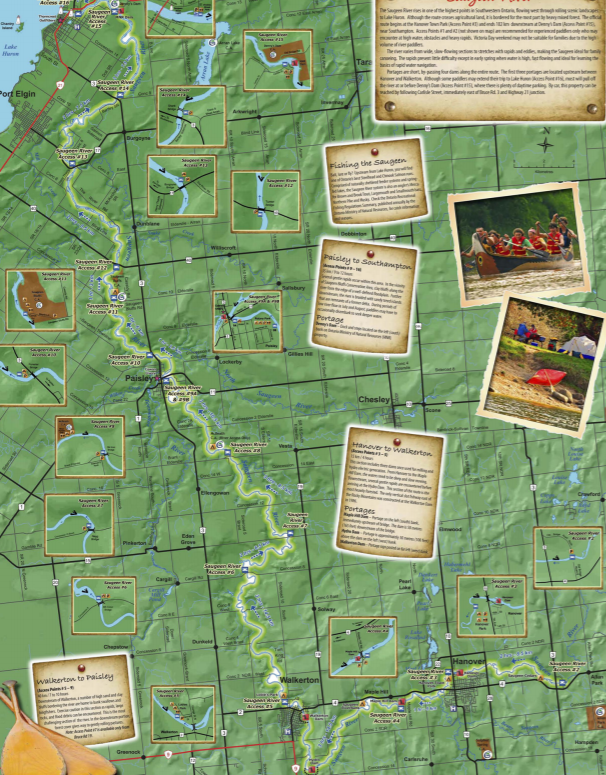
The gently flowing Beaver River is perfect for novice paddlers. Running from north of Kimberley to the village of Heathcote, this route features some of the most spectacular scenery in Southern Ontario, with panoramic views of the Niagara Escarpment and the surrounding countryside. Enjoy open areas and wooded stretches, wildlife viewing, and fishing. FYI: You may need to make short portages to bypass log jams.
If you are near Owen Sound, check out Sydenham River and Harrison Park. Canoe rentals are available at the park, and you can paddle south to the mill dam or north towards the bottom of beautiful Inglis Falls.
Lake Huron
On calm days, a paddle along the Lake Huron shoreline is a destination experience.
For intermediate paddlers, a popular destination is Chantry Island, about 2 kilometres off the shore of Southampton. The island is home to a federal bird sanctuary, a lighthouse, and a restored lightkeeper’s home (book a tour to visit the island). Foot traffic is permitted on the island if you are with a tour group.
Near Oliphant, a great paddling route is among the Fishing Islands, a chain of islands stretching 20 kilometres north from Chief’s Point to Pike Bay.
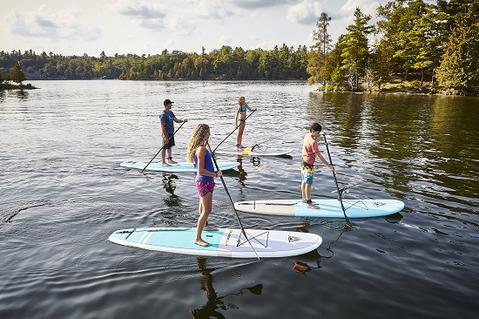
Georgian Bay
For the very experienced and adventurous paddler, a sea kayak is your best choice for exploring the clear waters and stunning views of Georgian Bay, “the sixth Great Lake.” All the way from Tobermory to Owen Sound, Meaford, Thornbury, and further east, the shoreline has numerous bays and inlets to explore.
In Tobermory, glide over shipwrecks in Little Tub and Big Tub harbours.
Near Thornbury, paddle to the wreck of the Mary Ward, four kilometres from Northwinds Beach (parking fees apply).
Much of the Georgian Bay route is shared with larger, motorized boats, so exercise caution.
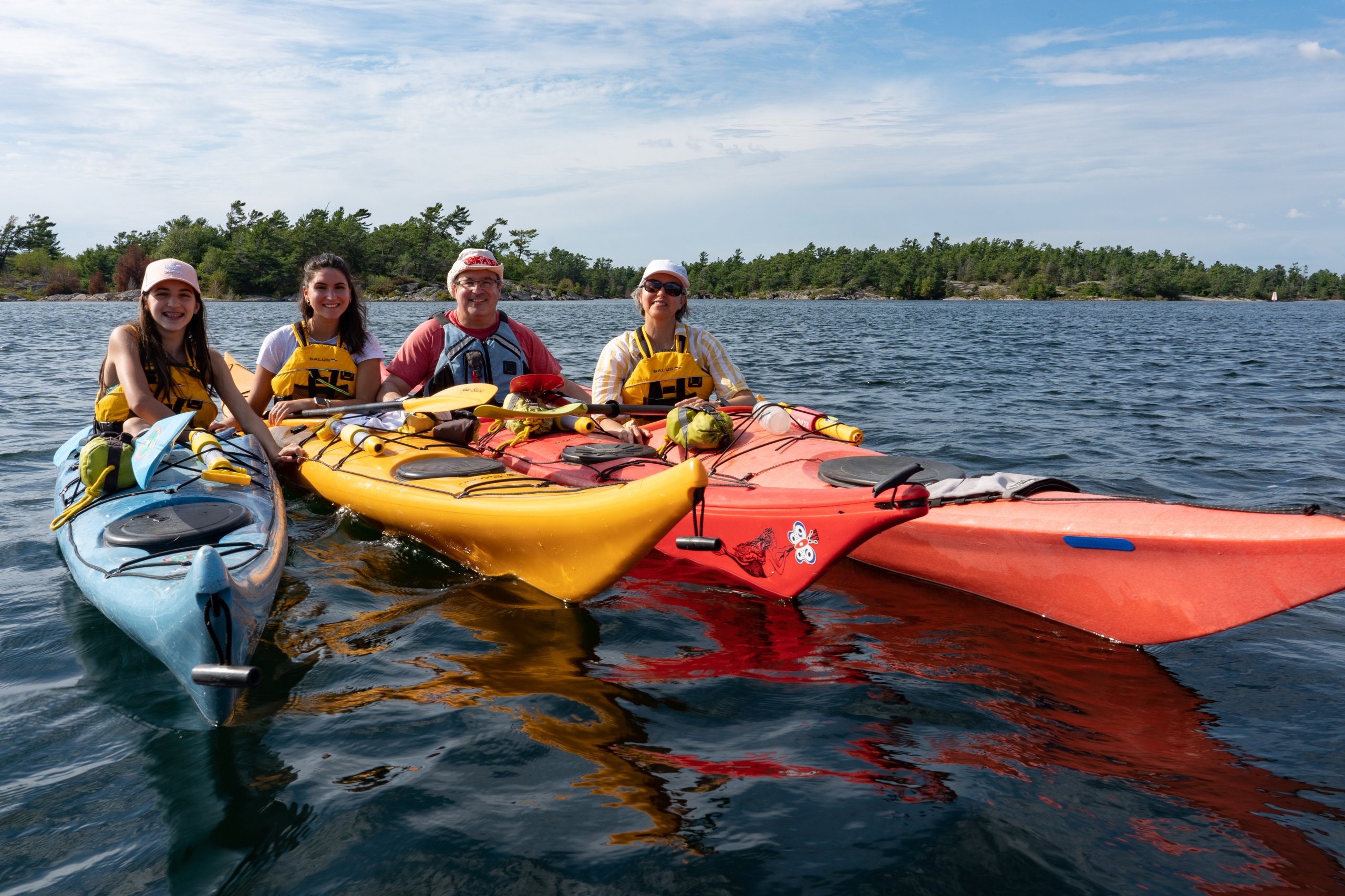
Bell’s Lake
Bell’s Lake is a remote and beautiful property owned by Saugeen Conservation. There are no facilities or amenities on this property, but it is well known locally for its canoeing, calm waters, and peaceful surroundings.
Where can I find more information about paddling in Grey and Bruce counties?
Visit Grey County’s paddling page, Explore The Bruce’s paddling tours page, or Bruce Grey Simcoe’s Where to Paddle page.
Explore the Trails in Grey & Bruce!
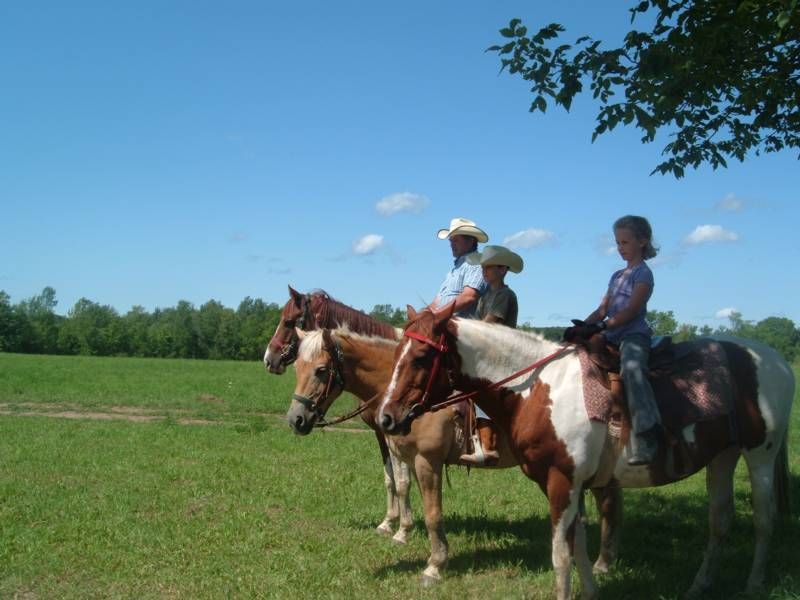
Grey and Bruce counties offer an abundance of outdoor recreation opportunities. Our region offers many trails for any kind of outdoor activity you can think of: everything from hiking and cross-country skiing to horseback riding and snowmobiling.
Here are just a few of our favourites!
Horseback riding
Glendale Farms Riding Ranch is located just outside Owen Sound in Benallen. This small, unique riding ranch offers a riding program, more than 35 well-schooled horses and ponies, 2000 acres of groomed trails, two outdoor grass riding rings, and a newly built bright indoor Coverall riding ring. Glendale Farms caters to all levels of rider.
Hollow Hills Equestrian Centre, located north of Hepworth, offers riding lessons, horse camps, equipment rental, a heated tack room, a laundry room, and a viewing room.
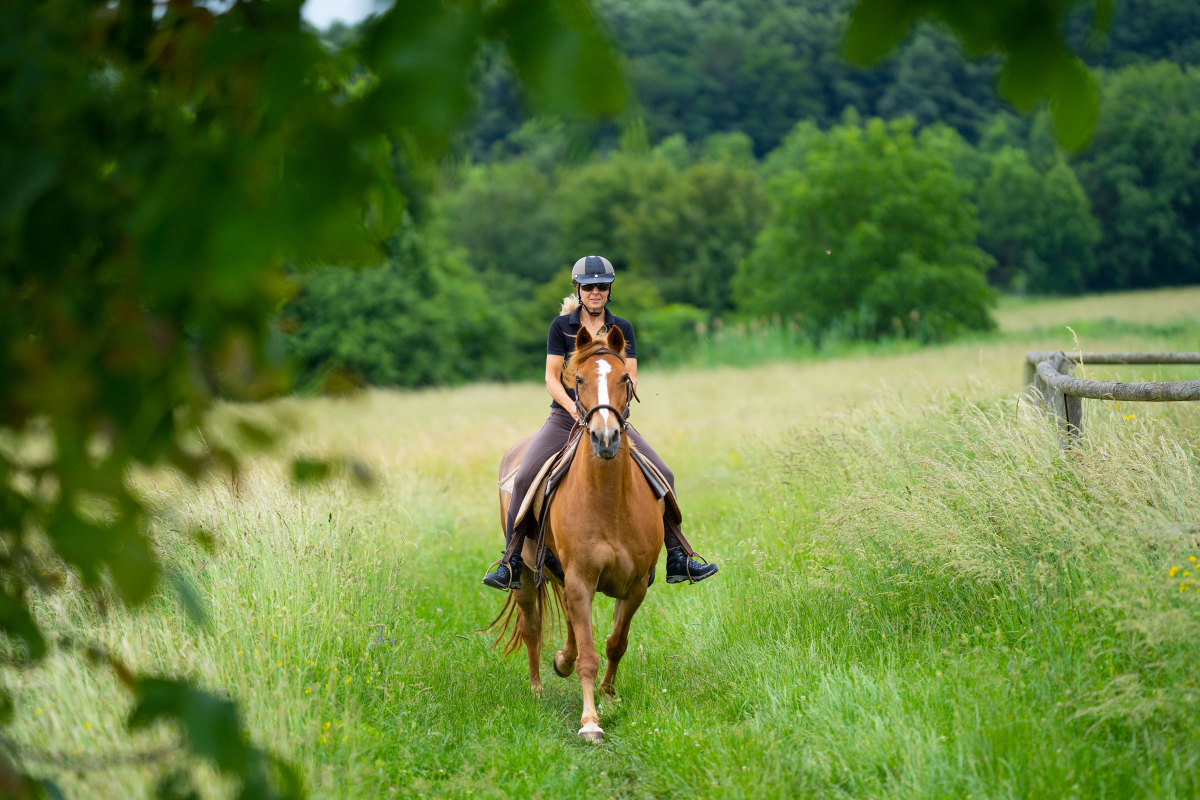
Windsong Ranch, located southeast of Owen Sound on Grey Road 29, welcomes horse enthusiasts of all ages. Riders can enjoy rolling hills and winding forest trails on your own horse or their experienced horses. They take groups of up to 10 people, and beginners are always welcome. They offer trail riding, horse leasing, basic and beginner’s lessons for trail riding, driving lessons, English & Western coaching/lessons, boarding, transportation, and more.
The Bridal Path Equestrian Centre, just south of Wiarton, offers riding lessons and camps, equine exposure, schooling shows, indoor boarding, and horse training.
Want to learn more about horseback riding? Read my blog posts, 10 Tips for Horse Trail Riding and 10 Tips for Horse Care. Visit Grey County’s horseback riding page for more trail information.
Hiking the Bruce Trail
The Bruce Trail is Canada’s longest marked footpath, running 900 km along the Niagara Escarpment from Niagara Falls to Tobermory at the top of the Bruce Peninsula.

The trail passes through some of the larger towns in our region (Owen Sound, Wiarton, Lion’s Head, and Tobermory) and takes hikers past many impressive waterfalls.

Just south of Owen Sound, Inglis Falls rises high above the Sydenham River and is a popular destination to start hiking on the many trails accessible from the parking lot right next to the falls.
Near Wiarton, Skinner’s Bluff and the caves and trails at the Bruce’s Caves Conservation Area are local gems.
Want more information? The Bruce Trail Conservancy offers both a print and digital version of Bruce Trail Reference Maps & Trail Guide.
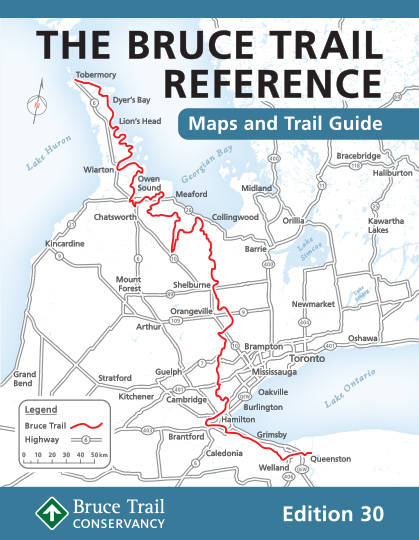
Mountain biking
Bruce County is proud to be home to some of the best mountain biking trails in Ontario. Get ready for great riding at their four locations:
The mountain bike adventure park (Albermarle Tract) in Wiarton has approximately 20 km of trail with rock and technical riding. One special feature is the pump track, a continuous loop of packed dirt that can be ridden without pedalling using a series of rollers and berms, allowing riders to gain momentum and reach high speeds.
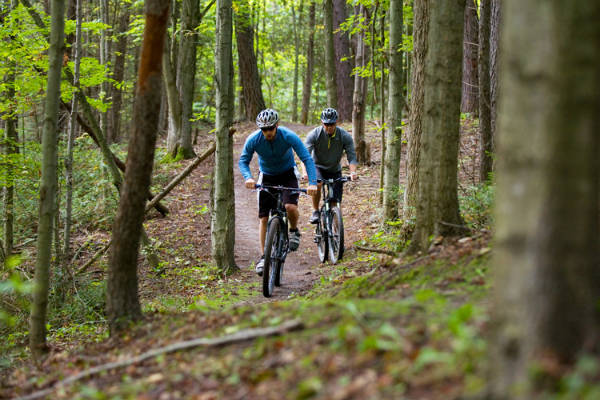
The Brant Tract in Paisley contains some spectacular single-track trails built using only hand tools. There is approximately 20 km of trail ranging from easy to difficult, and all trail intersections are marked.
The Carrick Tract in Mildmay is the best single-track in Bruce County. The soil and gravel-based trails provide great riding conditions that are dry almost all season long.
The Lindsay Tract at Miller Lake is the largest of the County forests with more than 8,000 acres. This diverse property contains sensitive habitat for the black bear and Eastern Massasauga rattlesnake. Construction on the mountain bike trails began in May of 2008, and new trails continue to be built.
Where can I find more information about trails in Grey & Bruce?
TrailForks lists trails for mountain biking, e-biking, hiking, trail running, horseback riding, observed time trials, ATV/ORV/OHVing, snowmobiling, snowshoeing, and skiing (downhill, backcountry, and nordic).
Grey County lists cycling routes and businesses and hiking routes and businesses.
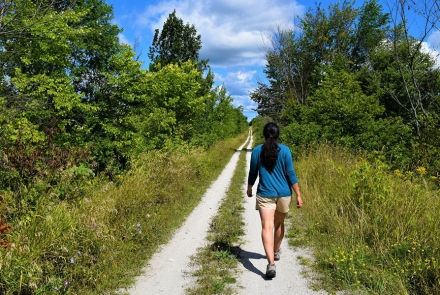
Bruce County lists trails and routes for mountain biking, ATVing, hiking, canoeing/kayaking, horseback riding, winter, cycling, and community trails.
Grey Highlands lists hiking trails on their website.
Explore the Bruce lists hiking, mountain biking, and caving trails in Bruce County.
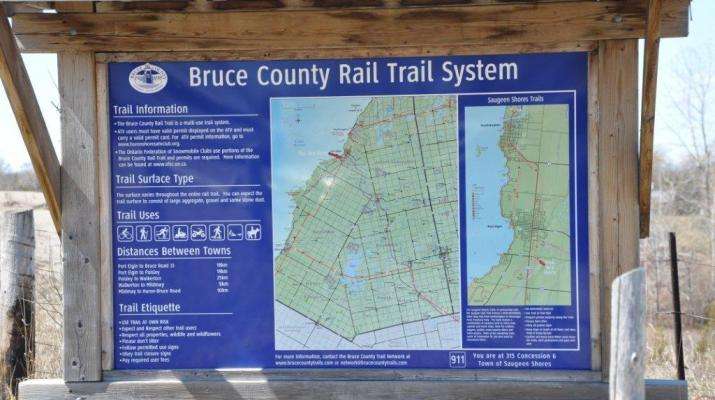

 Facebook
Facebook
 X
X
 Pinterest
Pinterest
 Copy Link
Copy Link
